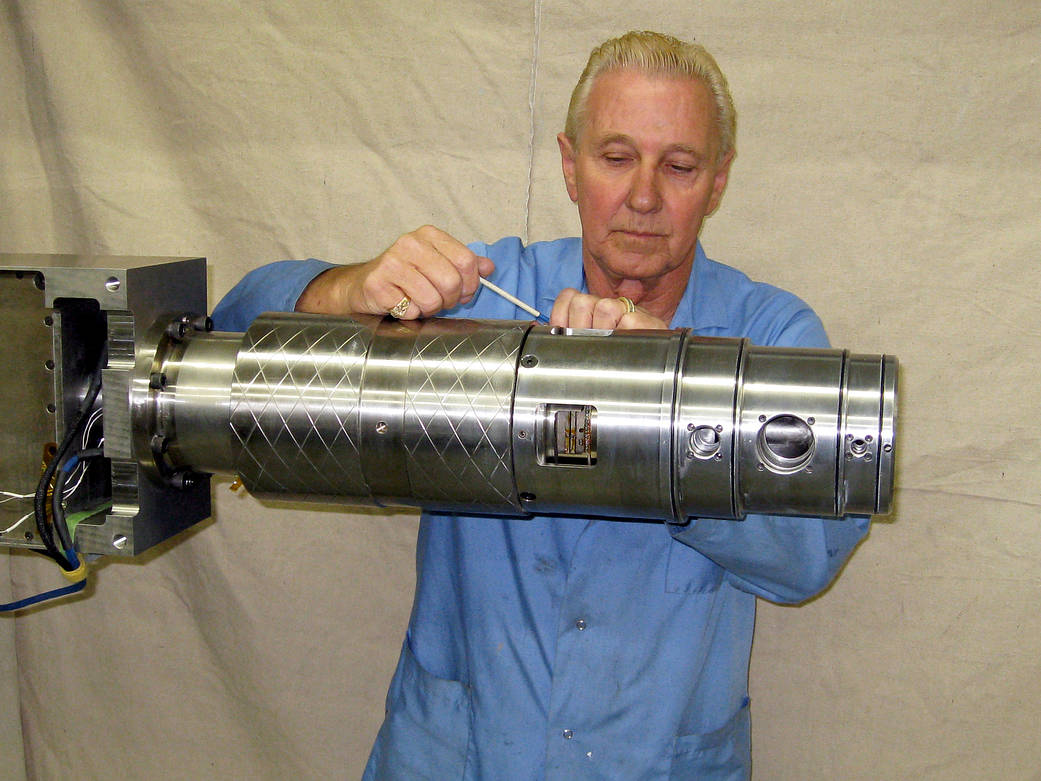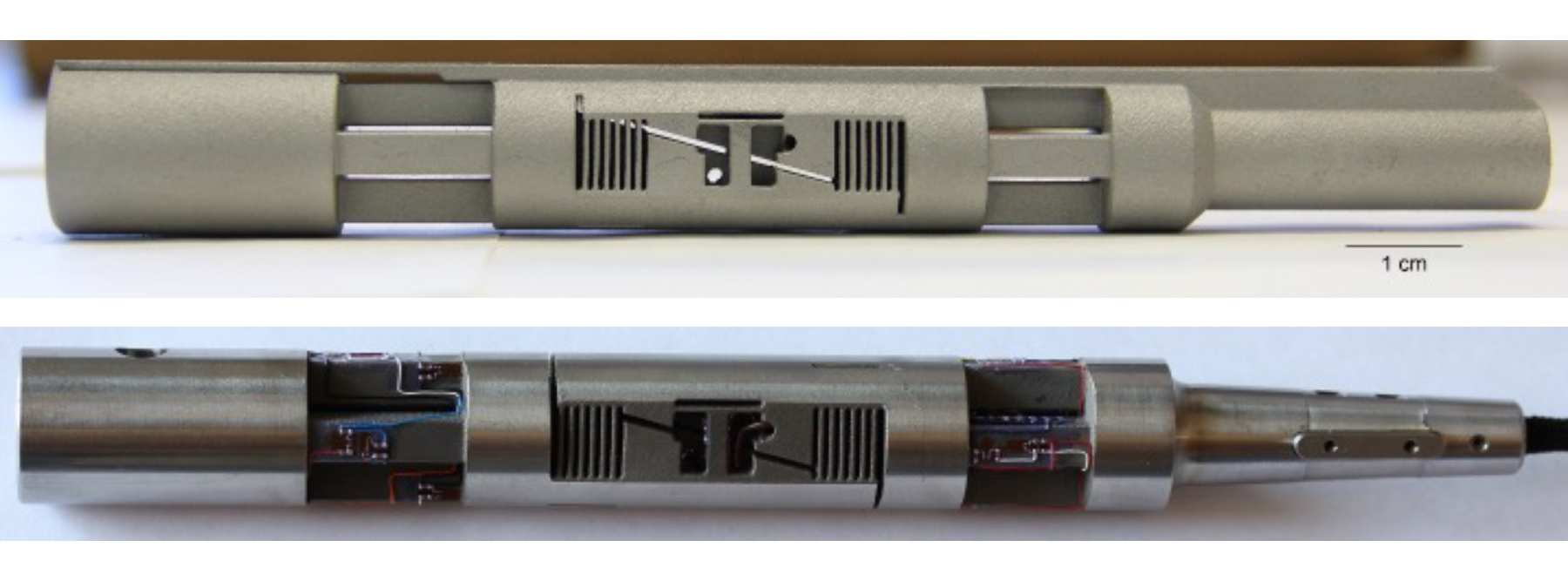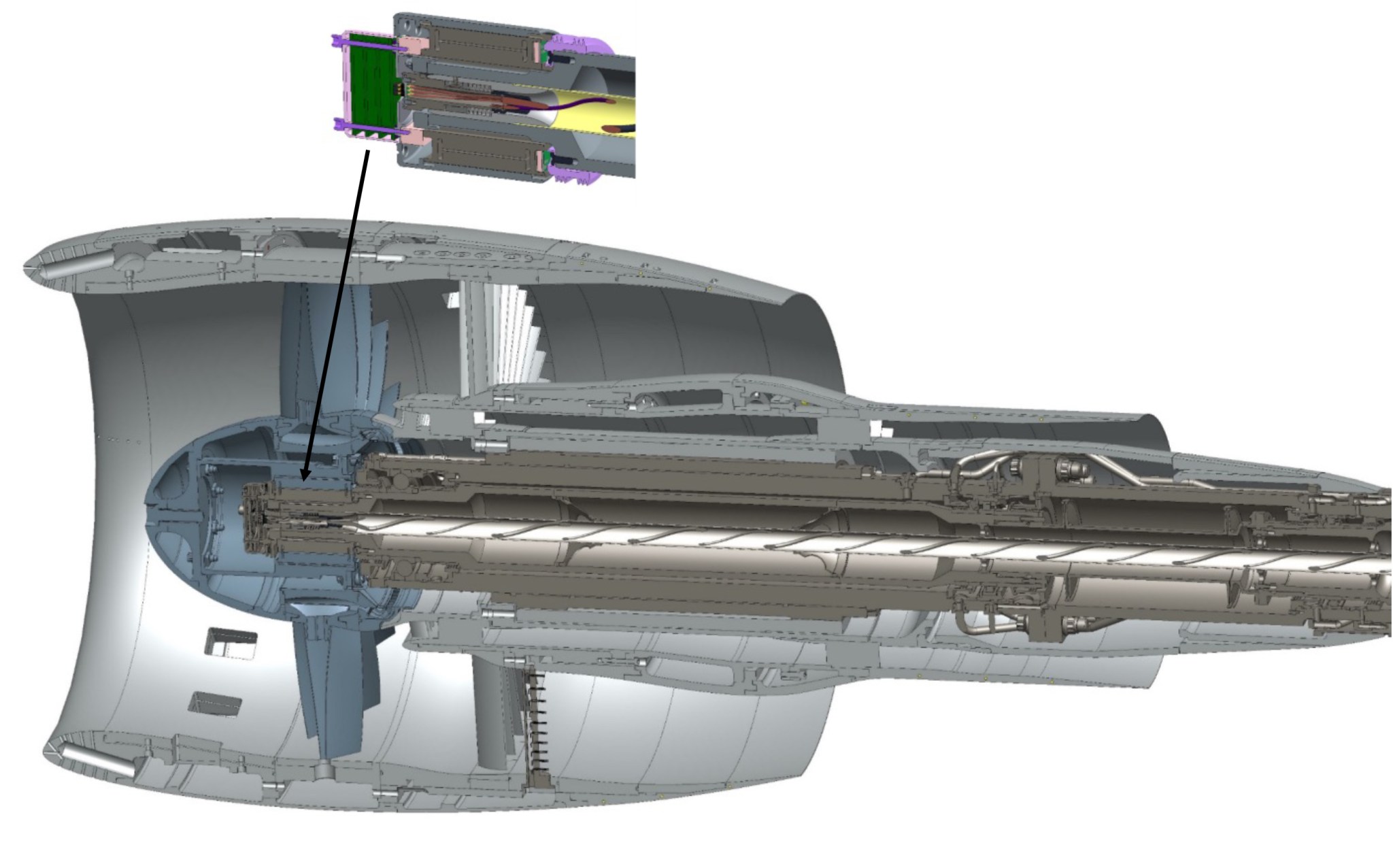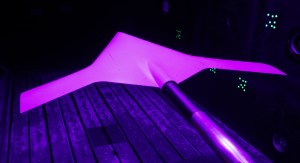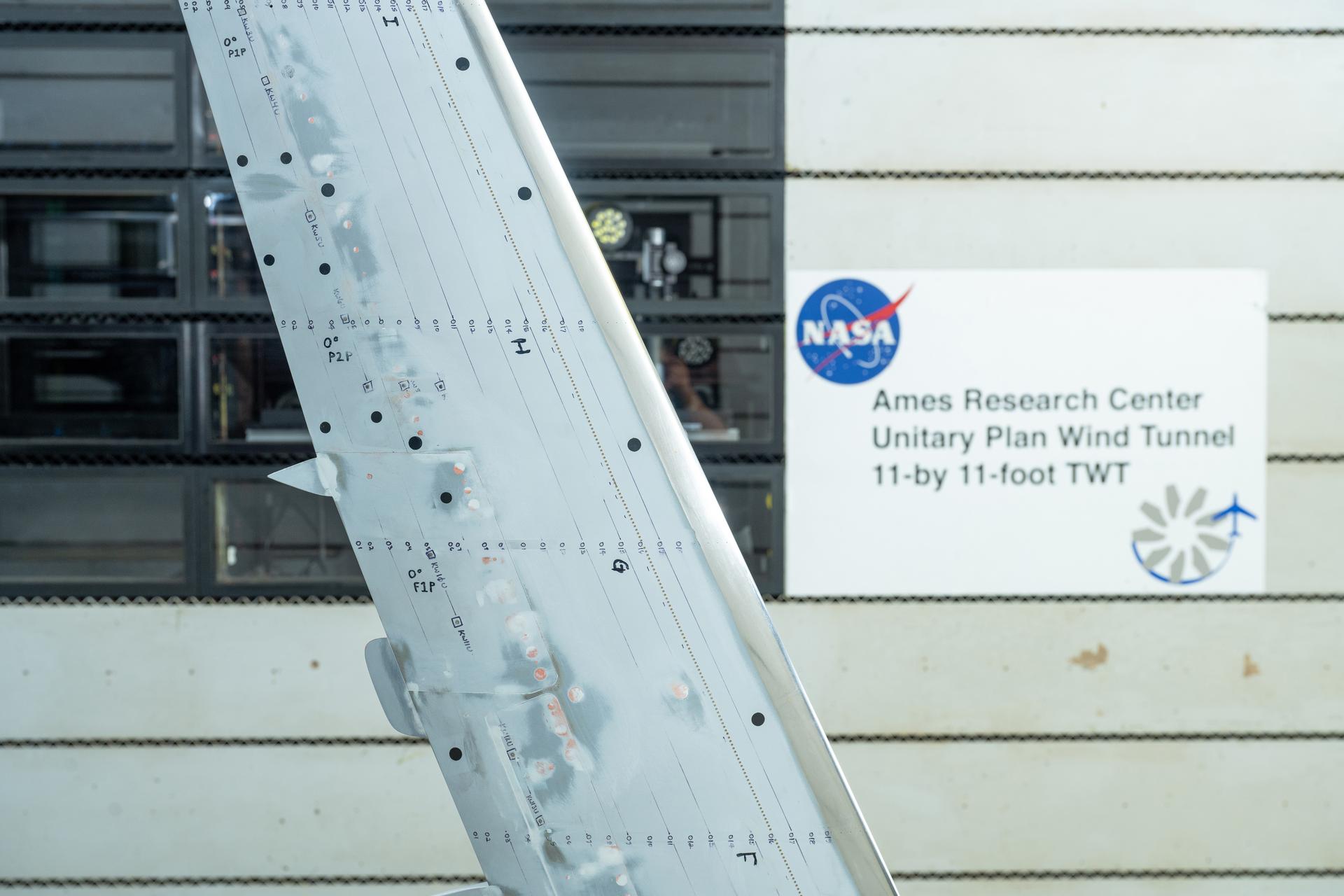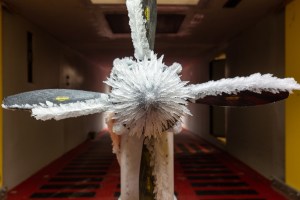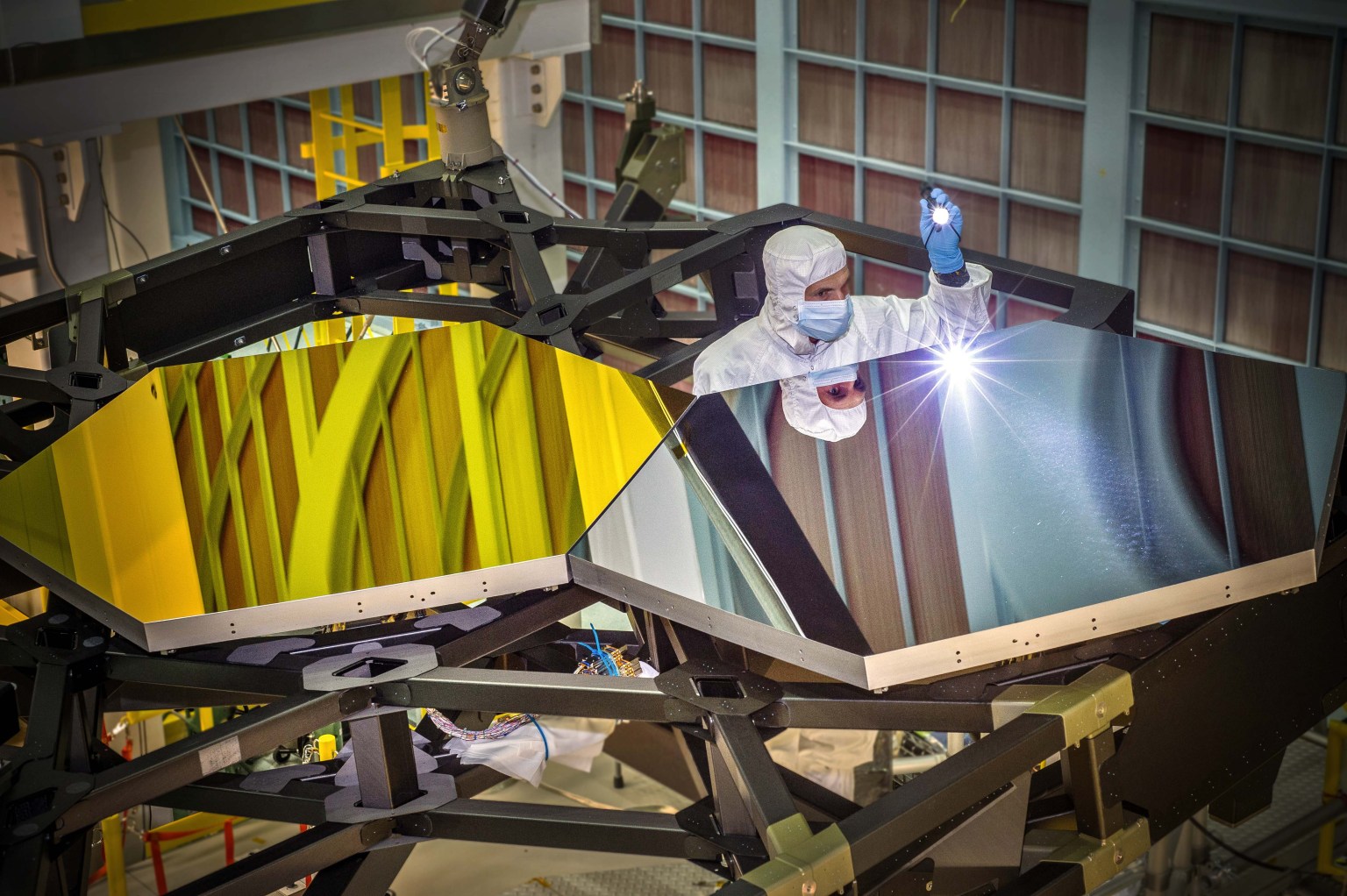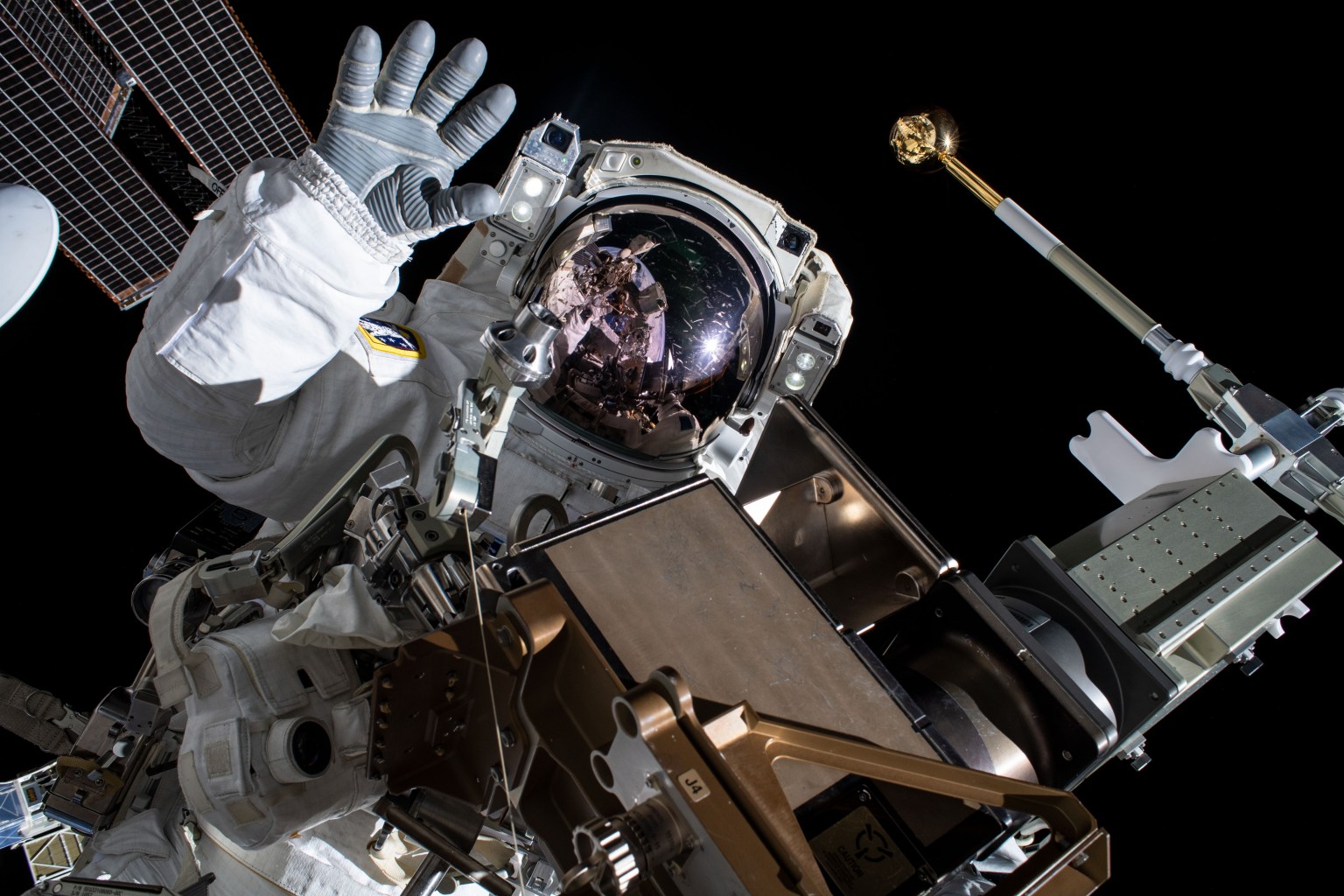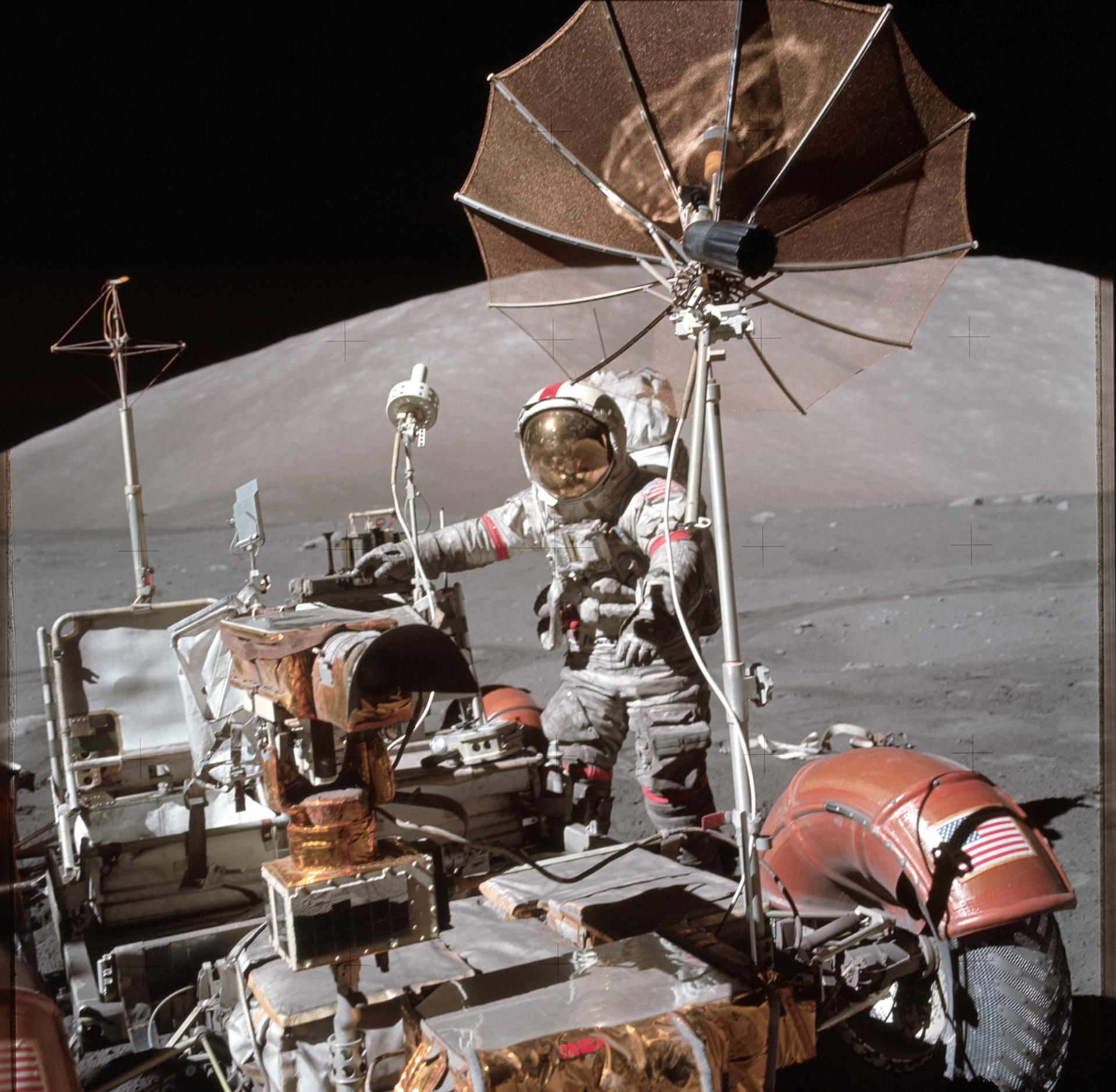Home
Quick Facts
Techniques
Capabilities
The NFMTC maintains core capabilities including:
- Wind tunnel balance design
- Manufacturing of balances
- Strain gaging of balances
- Six-component force calibration capabilities
- Its existing inventory of balances (see the National Balance Inventory)
In addition, the NFMTC actively engages with aeronautics researchers to ensure their force measurement needs are being met. These interactions have led the development of several new capabilities.
Additive Manufacturing of Wind Tunnel Balances
Additive manufacturing technology has been leveraged to manufacture wind tunnel balances faster. This is important to better align with test program schedules, which can help to ensure that the test program’s are getting balances optimized for their tests.
References:
Additively Manufactured Wind-Tunnel Balance. Devin E. Burns and Peter A. Parker. Journal of Aircraft 2020 57:5, 958-963
Titanium Wind Tunnel Balance Leveraging Additive Manufacturing. Devin E. Burns and Peter A. Parker. Journal of Aircraft 2024 61:2, 606-610. https://arc.aiaa.org/doi/abs/10.2514/1.C037349
A case study for qualification of a structural additively manufactured one-off component. Devin E. Burns and Eric R. Burke. Int J Adv Manuf Technol 136, 1587–1596 (2025). https://doi.org/10.1007/s00170-024-14954-1
Six Component Flow Through Balances
Tests involving fluid flow out of the wind tunnel model (for flow control, reaction control systems, or retropropulsion) require the use of flow-through balances (balances that enable fluid flow through them). For many small models, these balances have historically been limited to 5-components (no axial force). The NFMTC has designed and manufactured new balances to support the measurement of all six-components to support the needs of today’s test programs. For instance, the graphic below depicts a six-component flow-through balance designed for a Mars human entry vehicle.
References:
New Flow-Through Wind-Tunnel Balance for Retropropulsion Testing. Devin E. Burns, Peter A. Parker, Christopher M. Cagle, Kenneth G. Toro, Bil Kleb, and Veronica M. Hawke. Journal of Spacecraft and Rockets 2022 59:6, 1926-1933. https://arc.aiaa.org/doi/abs/10.2514/1.A35389
Flowthrough Balance for Reaction Control Testing. K. G. Toro, D. E. Burns and P. A. Parker. IEEE Sensors Journal, vol. 24, no. 24, pp. 40575-40580, 15 Dec.15, 2024, doi: 10.1109/JSEN.2024.3489423.
Rotating Balance Design for Next Generation Propulsion Systems
Fan efficiency measurements based on rotor torque are more accurate than other measurement techniques. Next generation turbofans have higher bypass ratios and smaller engine cores. This has necessitated the design of several new rotating balances to support recent propulsion system testing. The graphic below illustrates a high-bypass ratio fan with a two-component rotating balance inside the rotor hub. These balance also are designed as an integrated solution to the hub, wired telemetry, and drive system.
References:
Rotating Balance Design and Production, GRC419R. Kenneth Toro, Devin Burns, Peter Parker, and Jonathon Ponder. 12th International Symposium on Strain Gage Balances, May 2022.


























